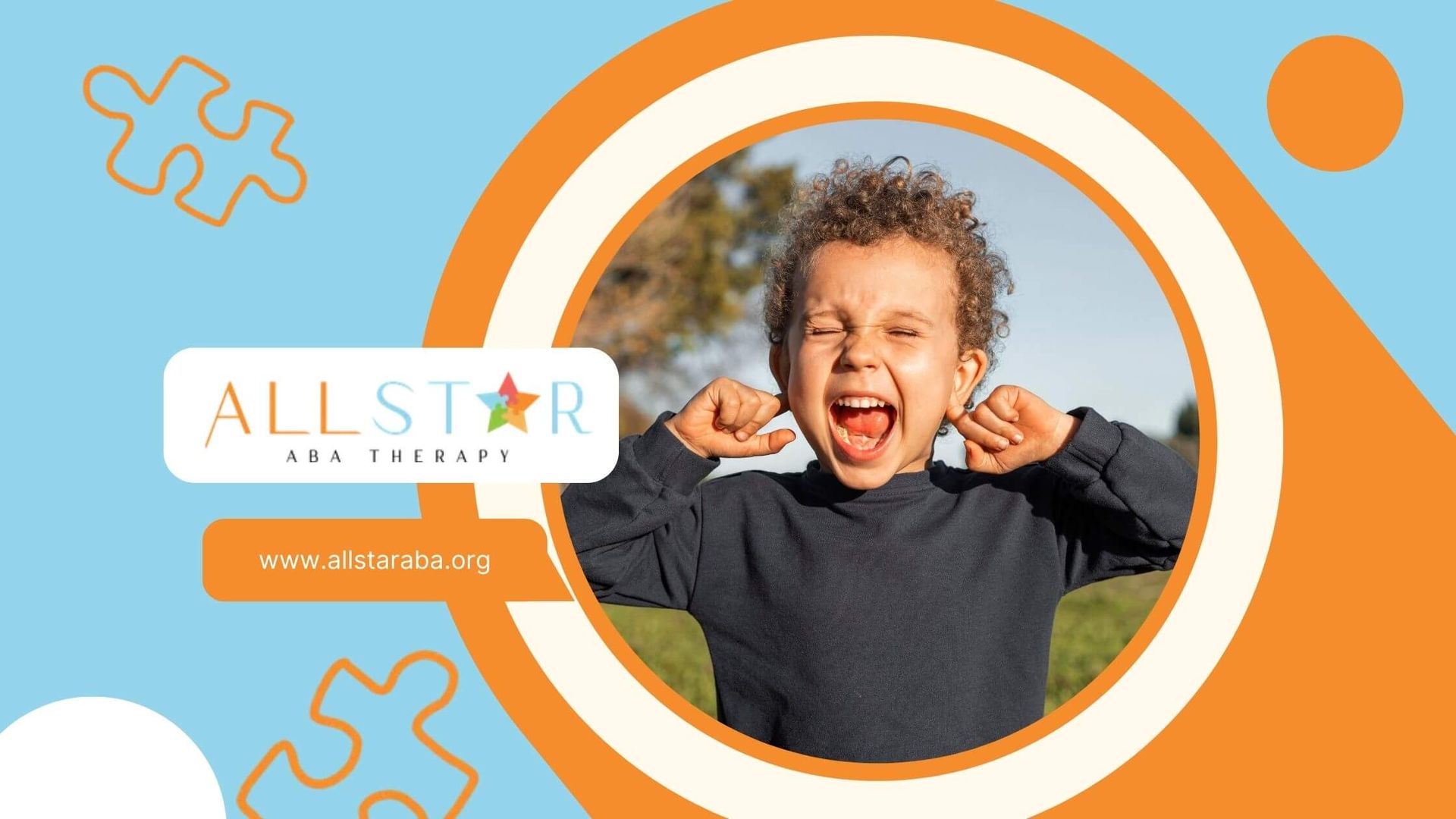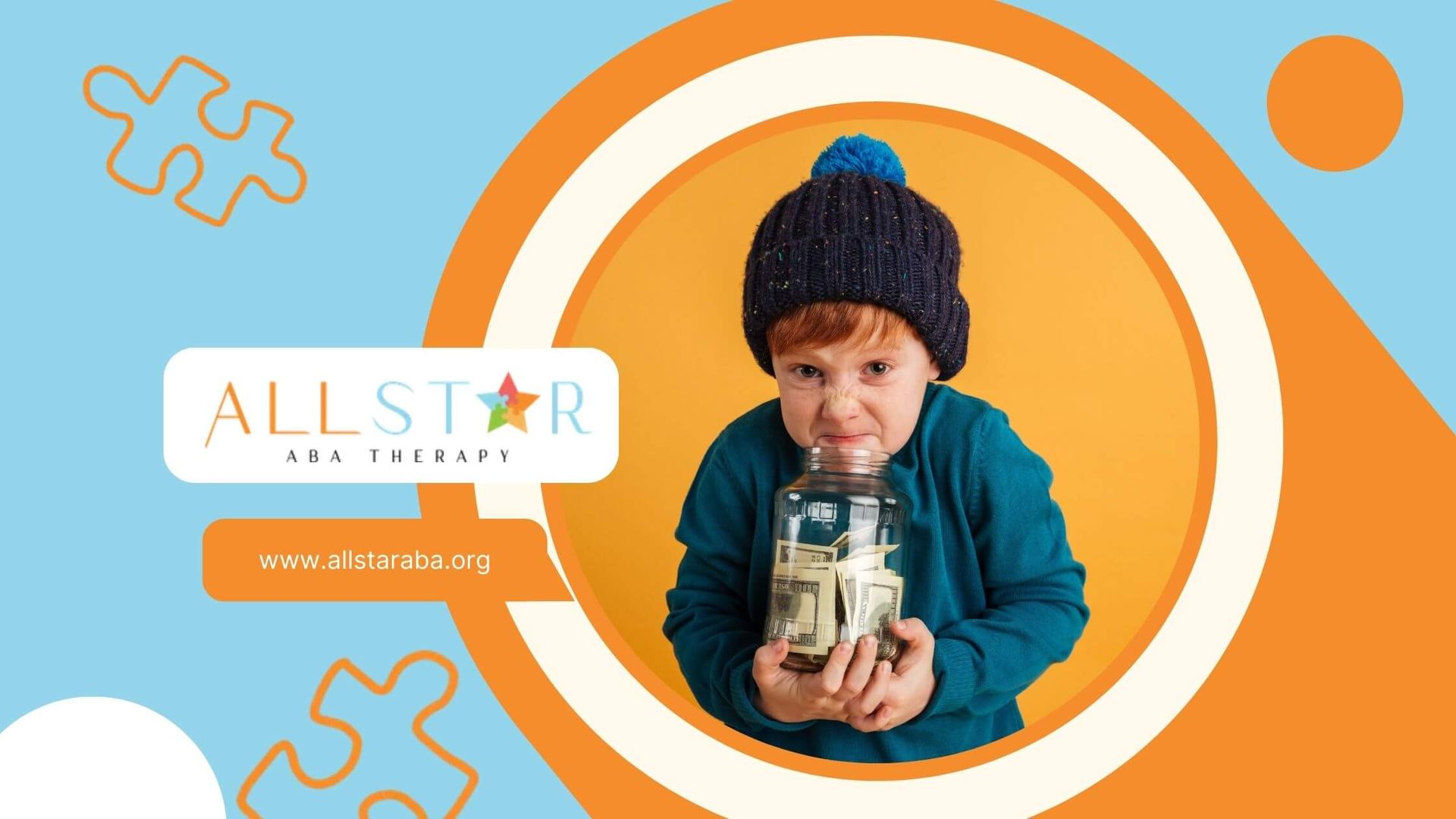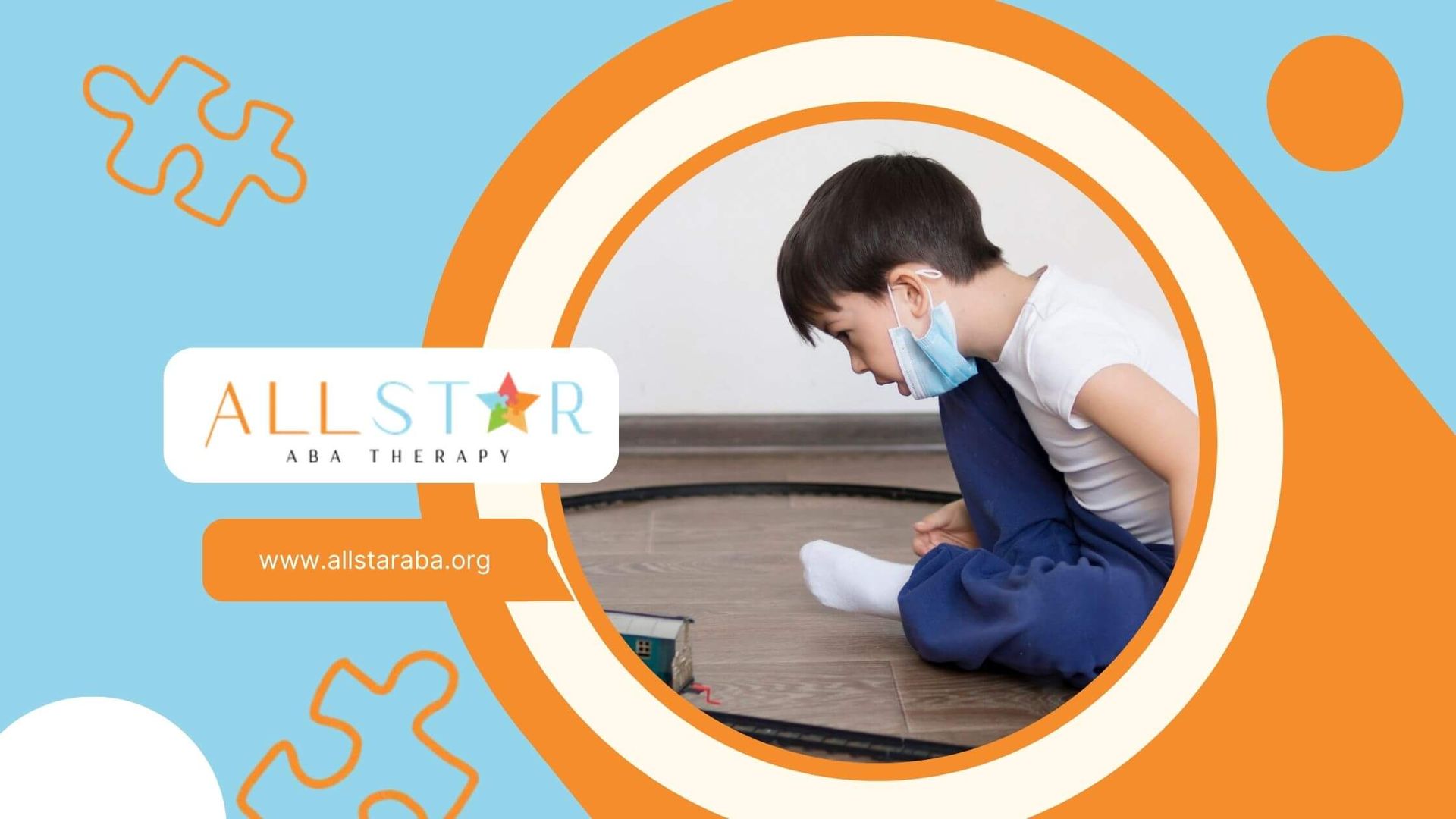New Paragraph
A Guide to RBT Competency Assessment
The journey to become a Registered Behavior Technician (RBT) is an exciting step towards a rewarding career in behavior analysis. One of the critical hurdles in this process is the RBT Competency Assessment, an evaluation designed to ensure that you have the practical skills and knowledge to excel in the field.
Conducted by a qualified assessor, this assessment goes beyond theory, testing your ability to apply key principles of behavior analysis in real-world scenarios. In this article, we’ll break down the steps you need to take to prepare, succeed, and move one step closer to becoming a certified RBT.
Understanding the RBT Competency Assessment
The RBT Competency Assessment is a standardized evaluation conducted by a qualified assessor, typically a Board Certified Behavior Analyst (BCBA), for each RBT applicant. This assessment gauges the candidate's ability to perform the essential duties of an RBT accurately and effectively.
The core principle behind this assessment is to confirm that aspiring RBTs possess not just the theoretical understanding but also the practical skills necessary to provide high-quality behavior analytic services.
The Purpose of the RBT Competency Assessment in Maryland
In Maryland, the RBT Competency Assessment emphasizes the significance of maintaining high standards in behavior analytic practices.
The assessment intends to ensure that every aspiring RBT working under the supervision of a certified Behavior Analyst possesses the necessary skills. This meticulous evaluation process assures the delivery of quality behavioral health services to individuals in need.
It further emphasizes the crucial role of appropriate supervision in shaping competent and ethical practitioners within the field. By mandating this assessment, Maryland reinforces its commitment to upholding the integrity and efficacy of behavioral interventions.
Key Components of the Assessment
The RBT Competency Assessment is designed to comprehensively assess the candidate's practical abilities aligned with the RBT Task List, a comprehensive document outlining the tasks expected of an RBT.
This assessment utilizes a multifaceted approach incorporating various evaluation methods to measure the candidate's competence across different areas:
- Direct Observation with a Client: This crucial component involves the candidate demonstrating specific tasks directly with a client while being observed by the assessor. It allows for a real-time assessment of the candidate's skills in a practical setting.
- Role-Playing: For tasks not requiring a live client interaction, role-playing with the assessor acting as the client is employed. This allows for a simulated environment to evaluate the candidate's ability to apply learned concepts.
- Oral Interview: An interview format is utilized to evaluate the candidate's knowledge and understanding of key concepts and principles. This segment allows the assessor to gauge the candidate's theoretical grasp and ability to articulate their understanding.
What You Will Need to Get Started
Embarking on the journey to becoming an RBT requires a certain level of preparation to ensure success. Equipping yourself with the right tools and information enables you to confidently approach the assessment and demonstrate your capabilities effectively.
Essential Resources and Materials for Preparation
Thorough preparation is key to successfully completing the RBT Competency Assessment. Familiarizing yourself with the following resources is essential:
- RBT Task List (2nd Edition): This document, readily available on the BACB website, outlines the specific tasks that will be assessed.
- Study Materials from 40-Hour Training: Revisiting the materials provided during your training is crucial to refresh your knowledge base.
- RBT Competency Assessment Study Guide: Utilizing a dedicated study guide can provide structured review and practice opportunities tailored specifically for the assessment.
- Mock Assessments: Engaging in mock assessments allows you to familiarize yourself with the assessment format and identify areas requiring further attention.
Identifying a Qualified Assessor
Locating a qualified assessor is a crucial step in the RBT Competency Assessment process. The Behavior Analyst Certification Board (BACB) mandates specific qualifications for individuals eligible to conduct this assessment. Typically, the assessor will be a BCBA or a Board Certified Assistant Behavior Analyst (BCaBA) with the required 8-hour supervision training.
It's important to note that while an assistant assessor might assist in conducting certain aspects of the evaluation, a responsible assessor who meets the BACB's requirements must always oversee the process.
Step-by-Step Guide to the RBT Competency Assessment Process
The RBT Competency Assessment follows a structured process to ensure a standardized and comprehensive evaluation. Understanding each step can alleviate potential anxiety and facilitate a smoother experience for candidates.
Step 1: Complete the 40-Hour Training Requirement
Before taking the RBT Competency Assessment, successful completion of a BACB-approved 40-hour training program is mandatory. This training provides aspiring RBTs with a foundational understanding of behavior analytic principles and their practical application.
This training covers key areas such as measurement, assessment, skill acquisition, behavior reduction, and ethical considerations. Completing this training under the guidance of qualified instructors lays the groundwork for success in the competency assessment and prepares candidates for their future roles as RBTs.
Step 2: Gather Necessary Documentation and Resources
Once you have completed the 40-hour training, gather all the necessary documentation required by the BACB. These documents typically include:
- Proof of 40-Hour Training Completion: This serves as evidence of meeting the BACB's training requirement.
- RBT Competency Assessment Application: Submitting this application formally registers you for the assessment.
- Identification: A valid government-issued photo ID is required for verification purposes.
Step 3: Understand the Assessment Content Areas
Familiarize yourself with the content areas covered in the RBT Competency Assessment. The assessment evaluates your understanding and ability to perform tasks across various domains, including:
| Content Area | Description |
|---|---|
| Measurement | Taking data on various dimensions of behavior (e.g., frequency, duration) |
| Assessment | Conducting assessments like preference assessments and collecting ABC data |
| Skill Acquisition and Behavior Reduction | Implementing teaching procedures, behavior reduction techniques, and crisis/emergency protocols |
| Professionalism and Ethics | Maintaining professional boundaries, adhering to ethical guidelines, and understanding supervision requirements |
Step 4: Schedule and Take the Competency Assessment
After adequately preparing and gathering the necessary documentation, the next step is to schedule the assessment with your chosen qualified assessor.
During the assessment, maintain a professional demeanor, actively listen to instructions, and confidently demonstrate your skills. Remember, the assessor is there to evaluate your abilities objectively.
Step 5: What to Do After Completing the Assessment
Upon completing the assessment, the assessor provides you with feedback. If you demonstrated all competencies accurately, the assessor signs your Initial Competency Assessment Form, which you'll need to submit to the BACB.
If you need to demonstrate some competencies successfully, the assessor will provide corrective feedback. Use this feedback to refine your skills and retake the assessment at a later date. Once you pass the assessment, proceed with submitting the RBT Certification Application to the BACB, pay the application fee, and schedule your exam.
Conclusion
In conclusion, the RBT Competency Assessment is a pivotal step in becoming a Registered Behavior Technician in Maryland.
Understanding its purpose, components, and assessment process is key to your success. Ensure you have the required resources and choose a qualified assessor for guidance. Completing the 40-hour training, gathering necessary documentation, and scheduling the assessment are crucial steps.
Stay informed about the passing score and frequency of assessments. With dedication and preparation, you can navigate this process effectively and embark on a fulfilling career in behavior analysis.
Frequently Asked Questions
What is an RBT competency assessment?
An RBT competency assessment is a tool used to evaluate the skills and knowledge of a Registered Behavior Technician (RBT). It ensures that the RBT is proficient in applying behavior analytic techniques as per the standards set by the Behavior Analyst Certification Board (BACB).
What is the passing score for the RBT Competency Assessment?
The BACB requires a 100% passing score on the RBT Competency Assessment. Candidates must demonstrate proficiency in all assessed tasks to pass.
How often do I need to take the RBT Competency Assessment?
After the initial assessment, RBTs must undergo the competency assessment annually as part of their supervision requirements and recertification by the BACB.
Need Support?
We're Here to Help!
Our experienced team is ready to assist you. Reach out today to discuss how we can support your child's development and well-being.
Get started with expert ABA therapy today.








